Exploring Mauritian Heritage
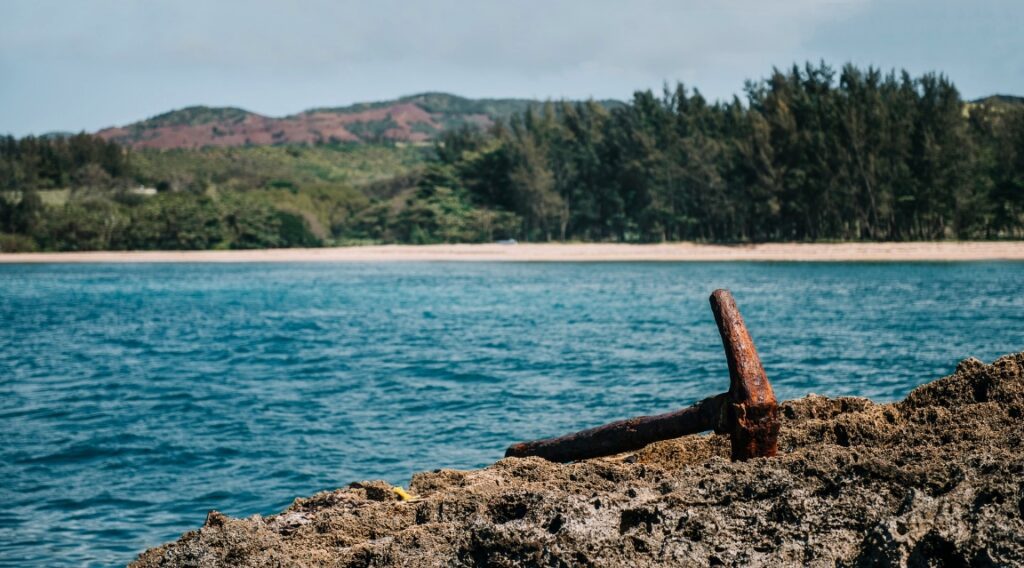
The heritage of Mauritius is a living reflection of its plural identity, complex history and rich culture. It encompasses a range of tangible assets, also known as physical assets, such as monuments, historic sites and artefacts, as well as intangible or moral assets, such as traditions, languages, music and know-how handed down from generation to generation. Each asset, whether physical or moral, has a historical, cultural, artistic, scientific or natural value, and represents a legacy from the past or a witness to the present world, essential to understanding our society.
This cultural heritage, some aspects of which are recognized on UNESCO’s World Heritage List, is not just a fixed memory; it is a living source of transmission. It helps to shape the culture of future generations, teaching them the history of their country, their ancestors, and the stages in the evolution of Mauritian society. Protecting heritage, in all its dimensions, therefore, means preserving the foundations on which the identity and cultural consciousness of tomorrow’s Mauritians will be built. In this article, we explore the richness of local heritage, both tangible and intangible, and highlight the importance of protecting it to ensure its continuity over time.
A cultural heritage shaped by diversity
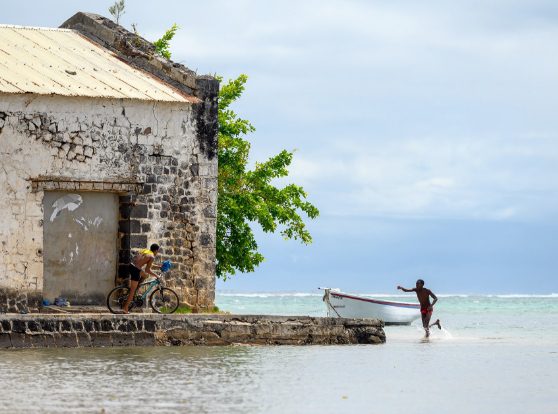
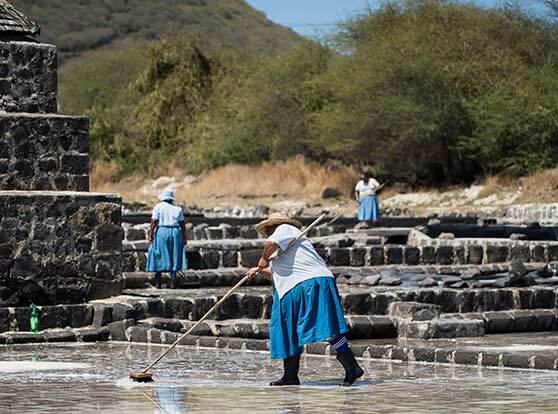
Mauritian culture owes its wealth to the remarkable diversity of its people. As a crossroads of diverse cultures: African, European, Indian, Chinese and Creole, it is a true melting pot, unlike any other in the Indian Ocean. It’s reflected in the languages spoken, beliefs, religious festivals, artistic practices, local crafts and cuisine, all of which make up the country’s living cultural heritage.
In the south of the island, this diversity is demonstrated through various celebrations such as Cavadee, Maha Shivaratree, Christmas and Chinese New Year, where temples, churches and pagodas are often located just a few streets apart. Mauritian community life is also revealed in the hospitality of the inhabitants, the transmission of village stories, craft markets and family meals shared over recipes passed down from generation to generation. This intangible cultural asset, which is not always visible at first glance, is nevertheless deeply rooted in everyday Mauritian life. It shapes mindsets, nurtures shared values and contributes to the island’s collective identity.
Southern Mauritius and its landmarks
The south of Mauritius has a rich history, with each location sharing a piece of the island’s past. These are the top 5 physical and moral assets of this iconic region:
1. Le Morne Brabant.
A UNESCO World Heritage Site, this majestic peak overlooking the ocean is much more than a breathtaking landscape. It was a refuge for runaway slaves in the 19th century, and today symbolizes their resistance and quest for freedom. A true place of memory and emotion.
2. Mahebourg, a historical village
Mahebourg retains that old-world charm, with its colonial houses and quiet streets, echoing the French and British colonial days. This coastal village exudes the island’s vibrant culture and stands as a valuable witness to the evolution of Mauritian society.
3. The National History Museum
4. Religious and cultural traditions of the south
In the villages of the south, religious rites, traditional songs, and local dances have been passed down through the generations. These oral and spiritual practices, often transmitted within families or communities, are an integral part of Mauritius’ intangible assets.
5. The Bel Ombre Estate
Once a sugar plantation, now a nature and cultural reserve, the estate combines architectural and agricultural traditions and biodiversity conservation. A perfect example of harmony between history and sustainable development.
Dive into the world of Bel Ombre, from its réserve naturelle to its château emblématique in the southern region.
The importance of preserving heritage
Protecting the island’s heritage, whether physical or moral, is a major challenge for Mauritius, given the effects of rapid urbanization and climate change. Old buildings are sometimes replaced by modern structures, ancestral languages are becoming rarer, and certain cultural practices are tending to disappear for lack of transmission. Yet every fragment of lost heritage represents a vanishing part of our collective history.
That’s why local and national initiatives are being set up to document, restore and revive these cultural treasures. Preservation also involves education, raising awareness from the earliest age of the importance of these legacies, whether inscribed in stone or borne in memory. Community projects, festivals, skills transfer workshops and sustainable tourism are all ways of keeping heritage alive. Protecting heritage means ensuring that future generations have a strong link with their roots, and that they can build their future with an enlightened awareness of their past.
The future guardians of heritage
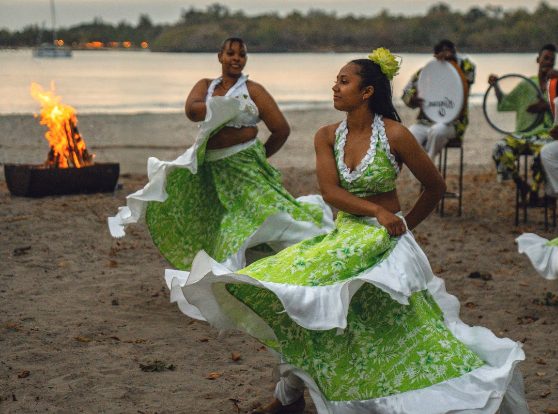
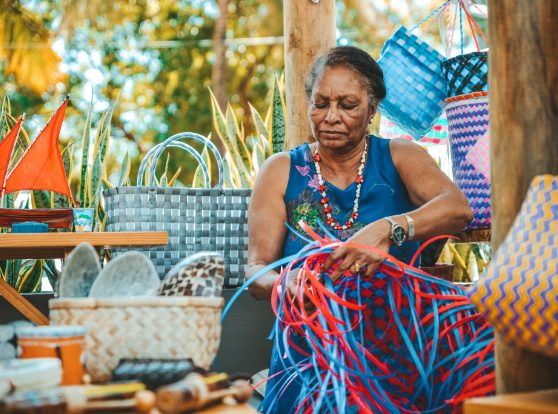
Heritage is not just what we inherit: it is also what we choose to pass on. Future generations have an essential role to play in the enhancement, reinvention and protection of Mauritian heritage. It is through their eyes, their commitment and their creativity that our heritage will continue to live, evolve and grow.
By reviving traditions, learning the languages of their ancestors, participating in community initiatives or integrating cultural values into modern forms of expression such as music, fashion or social media, young Mauritians are encouraged to become active guardians of local culture, thereby maintaining the link between past and present, and making it accessible and relevant to the present day. This commitment is also about giving future generations the means to develop a better understanding of who they are, where they come from, and where they want to go.
A multifaceted legacy
Mauritius’ heritage is a collective treasure, built on stones and words, historical sites and daily rituals. It reflects the country’s diverse identity, its struggles, beliefs and hopes. As you stroll through the narrow streets of Mahebourg, gaze upon Le Morne Brabant or hear the songs of a traditional ceremony, you encounter the collective memory of a nation.
On that note, we conclude this article and welcome you to join us soon to continue exploring the soul of Mauritius together.